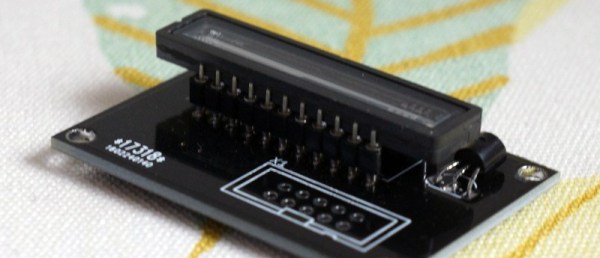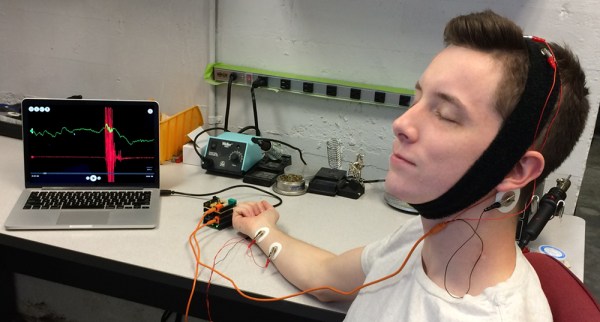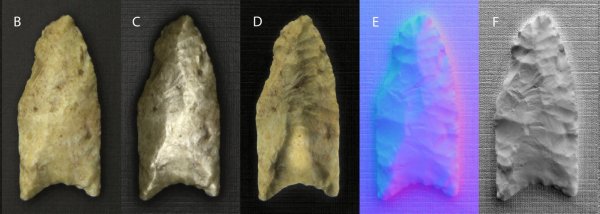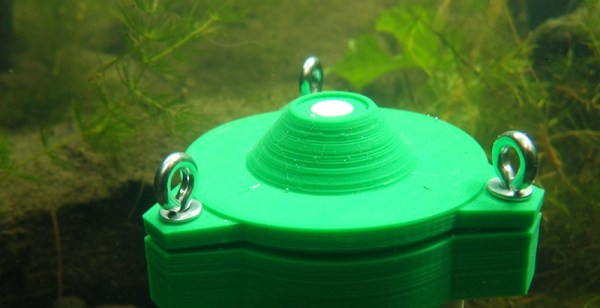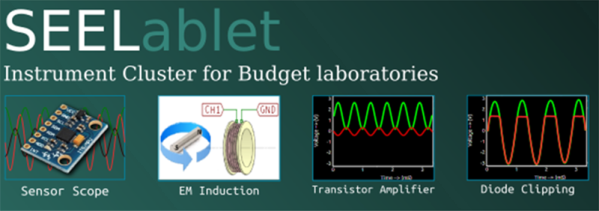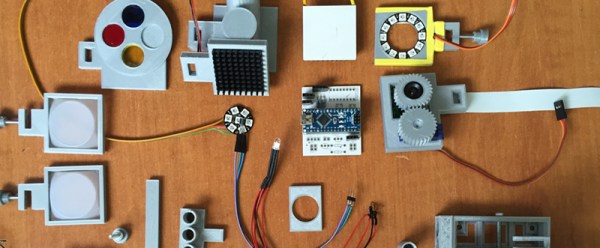Spectroscopy is one of the most useful tools in all of science, and for The Hackaday Prize’s Citizen Science effort [esben] is putting spectroscopy in the hands of every high school student. He’s built a super cheap, but very good spectrophotometer.
The idea of a spectrophotometer is simple enough – shine light through a sample, send that light through a diffraction grating, focus it, and shine the light onto a CCD. Implementing this simple system is all about the details, but with the right low-cost lenses and a 3D printed enclosure, [esben] has this more or less put together.
Of course, lenses and diffraction gratings are relatively simple. You need real data, and for this we can turn to another one of [esben]’s projects in the Hackaday Prize. It’s a breakout board for a linear CCD module, able to capture the spectrum coming off a sample with incredible precision. This is how real spectrophotometers are put together, but because of the difficulties in driving a CCD, not many people have put one of these together.
Both of these projects are finalists for in the Citizen Science portion of The Hackaday Prize. That’s an awesome result for what is a complete system for learning about spectroscopy with a device that’s also able to produce some high-quality data, too.






